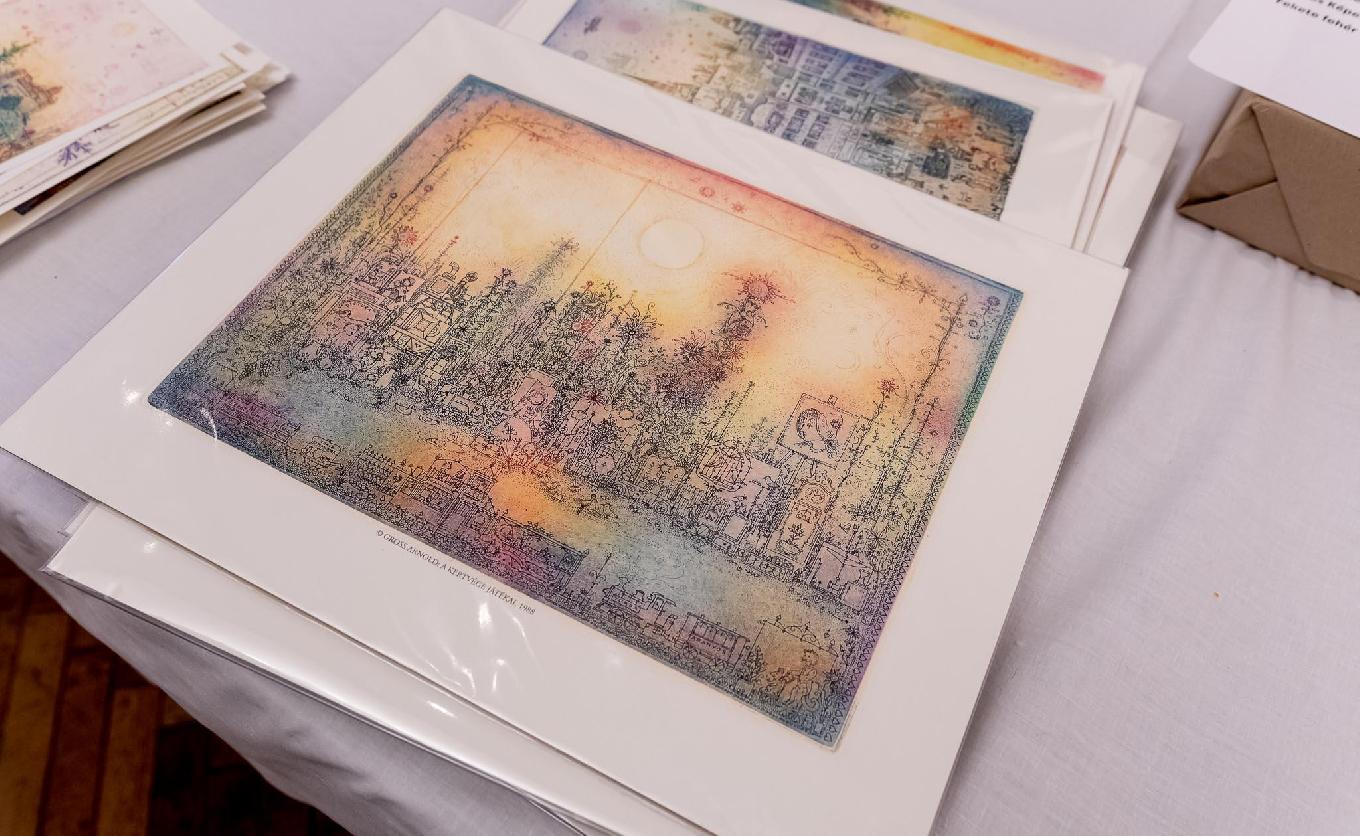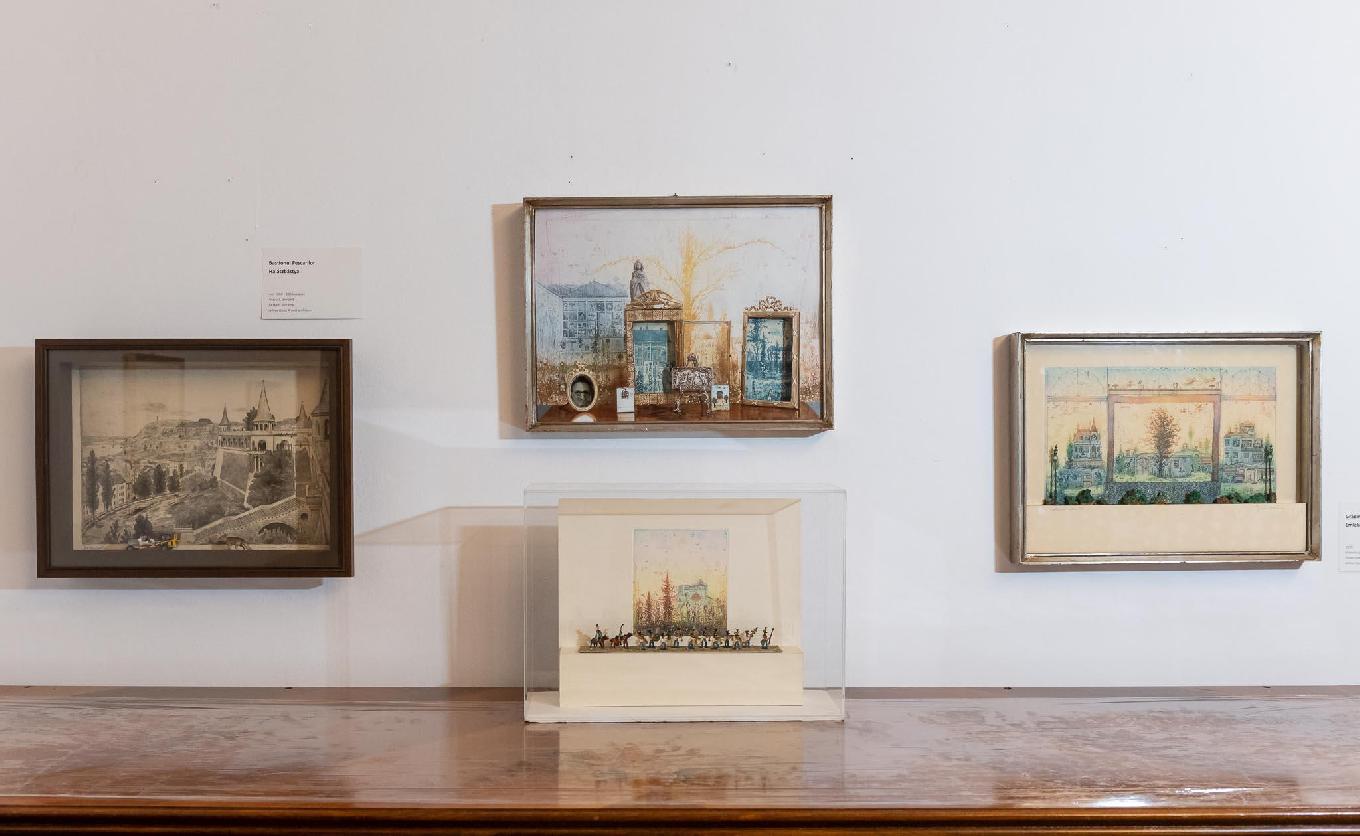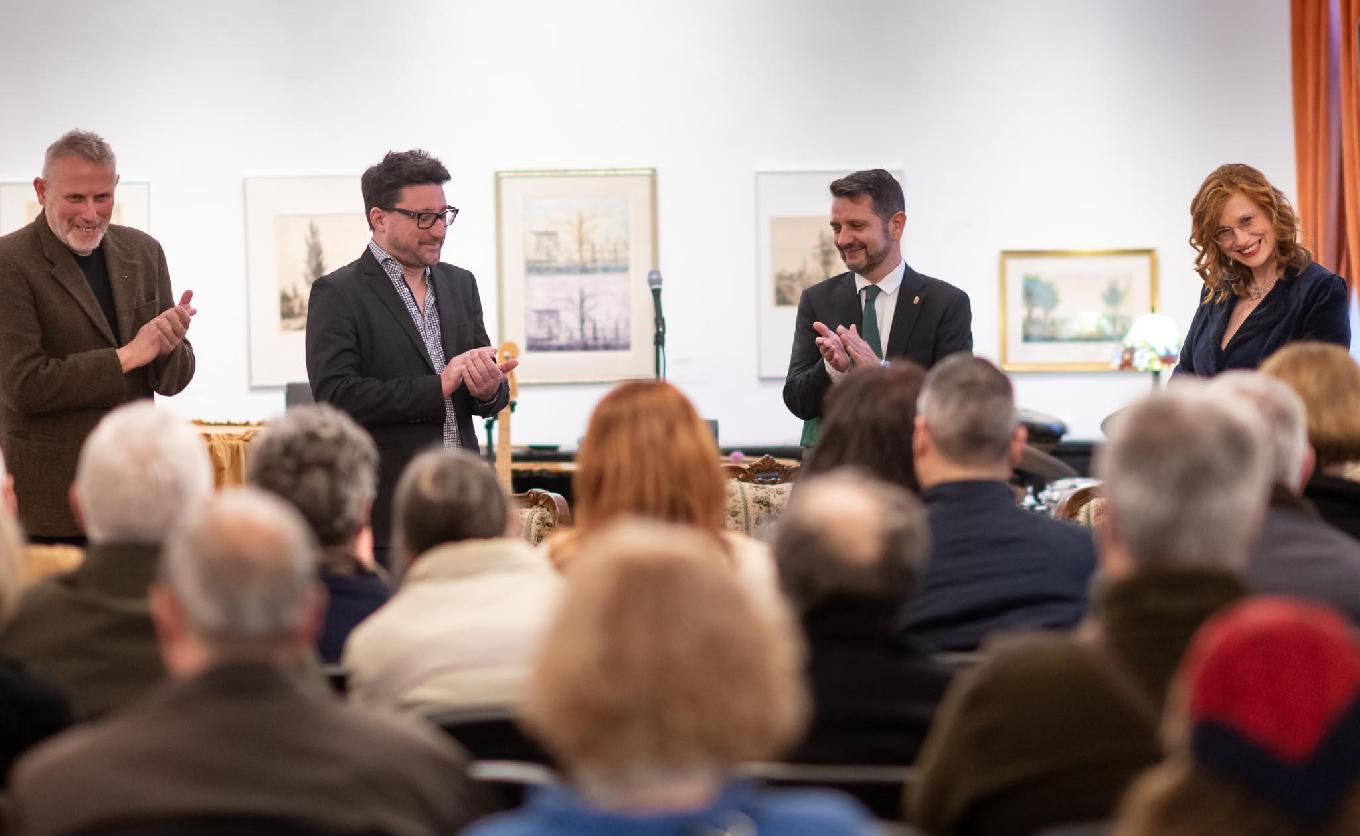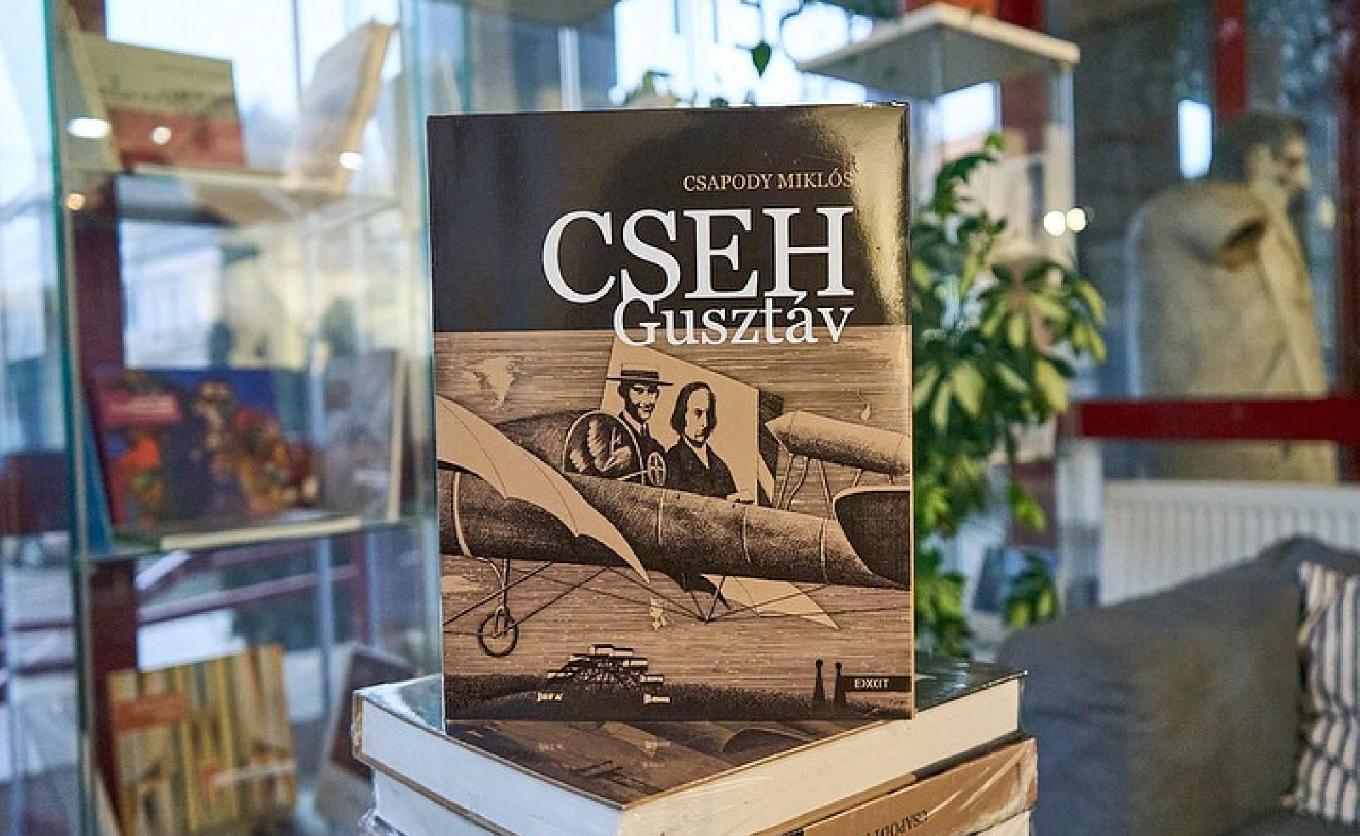
The Liszt Institute of Sepsiszentgyörgy Welcomes Spring with an Exhibition of Renowned Hungarian Artists
The Liszt Institute of Sepsiszentgyörgy welcomed spring with exhibitions featuring two internationally acclaimed Hungarian artists of Transylvanian origin. On February 28, an exhibition showcasing the works of Gusztáv Cseh, a master of modern Transylvanian Hungarian graphic art, was inaugurated by the institute. Then, on March 7, an exhibition honoring the 95th anniversary of the birth of renowned artist Arnold Gross was opened.
On February 28, the exhibition featuring Gusztáv Cseh, a renowned figure in modern Transylvanian Hungarian graphic art, was organized by the institute at the Transylvanian Art Center. At the opening ceremony, Dr. Beáta Bordás, art historian, head of the Transylvanian Art Center, and curator of the exhibition, introduced the life and career of the graphic artist, who passed away at a young age in the prime of his creative years, to the large audience gathered. She highlighted Cseh’s deep-rooted connection to Háromszék, stemming from his Csernáton heritage. Art historian Tamás Lénárt also spoke about Cseh’s artistic legacy. The exhibition features more than 40 unique graphic works, including early linocuts and socialist realist depictions of workers, alongside significant etchings from the late 1970s. In addition to these diverse, individually crafted graphic works, the exhibition provides an in-depth look at an important yet lesser-known aspect of the artist’s oeuvre: his ex libris creations. At the exhibition, visitors can also view two renowned series of etchings, which are of exceptional value from the perspective of Transylvanian Hungarian cultural history: the “Sixty Noblemen” (Hatvan főember) series from 1981 and “Notable Houses” (Jeles házak), presented in 1984. Gusztáv Cseh was born in 1934 in Kolozsvár. His extraordinary drawing talent first emerged in his caricatures and book illustrations, but it was his debut exhibition in Kolozsvár in 1965 that brought him widespread recognition. From then on, he was regarded as a defining figure of the Kolozsvár graphic art school. Over his career, he illustrated more than 300 books, and his graphics, caricatures, and illustrations were published for decades in nearly every Hungarian daily newspaper and magazine.
On March 7, the Liszt Institute of Sepsiszentgyörgy, in collaboration with the Gross Arnold Gallery and Café, opened the exhibition “Gross Arnold 95 – Journeys to Real and Imaginary Lands” (Gross Arnold 95 – Utazások valós és képzeletbeli tájakra) at the Árkosi Cultural Center. The exhibition was curated from the archives of the 10-year-old Gross Arnold Gallery by the estate’s caretaker and gallery director, András Soma Gross. The collection comprises of 62 breathtakingly detailed and refined works, primarily colorful etchings, as well as a few dioramas, ink and pencil drawings, and watercolor paintings. Additionally, a privately owned colored lithograph titled “Flowers and Birds” (Virágok és madarak) from the 1970s was included in the display. In celebration of Arnold Gross’s (1929–2015) 95th anniversary of his birth, the exhibition showcases recurring themes throughout his oeuvre. It begins with depictions of his childhood home and garden in Torda, then expands outward to Hungarian landscapes, foreign cities, and finally to imaginary worlds. The homeland, the parental home in the dusty little town of Torda, with his father’s studio, his mother’s flower garden, the surrounding hilly landscapes, the Tordai Hasadék, the Aranyos Valley, the Körös region, Torockó, and the roads of Segesvár — all of these memories accompanied Gross throughout his life. Most of his works were created using the time-honored and highly intricate technique of etching. With a fairytale-like, intentionally naive surrealism, he constructed an alternative fantasy world. His idyllic, childlike dreamscapes were often infused with humor, playfulness, and cheerful irony. At the opening event, institute director Zsuzsanna Szebeni delivered a welcoming speech. The significance of the artist and the international quality of his work were praised by Consul General István Dolhai. while András Soma Gross, the artist’s son, spoke about his father and the exhibition. Following the opening, the Luiza Zan – Amphitrio ensemble performed a concert that tastefully blended elements of romantic music with neo-soul, alternative hip-hop, progressive soul, avant-garde, conscious rap, and jazz fusion. The exhibition will remain open to visitors until April 6.





